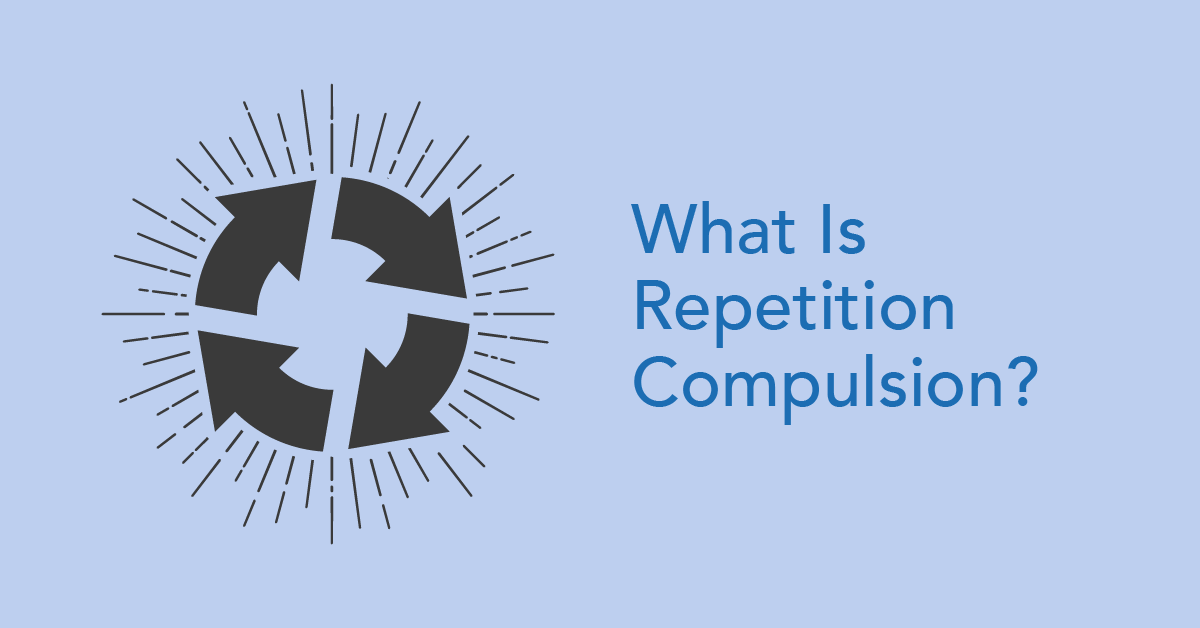
What Is Repetition Compulsion?
Repetition compulsion is a psychological pattern where someone unconsciously repeats painful or unresolved experiences from the past, often in relationships or behaviors,... Read more.
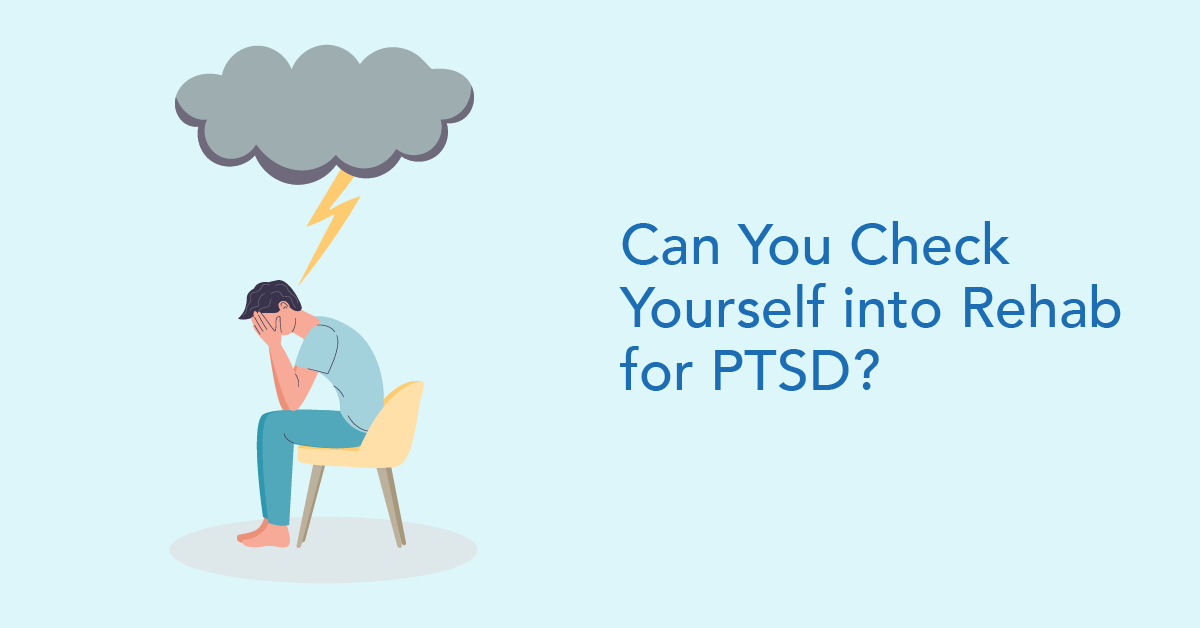
Can You Check Yourself into Rehab for PTSD?
Post-traumatic stress disorder (PTSD) can make everyday life feel unpredictable and exhausting for the approximately 13 million people who have this condition.... Read more.
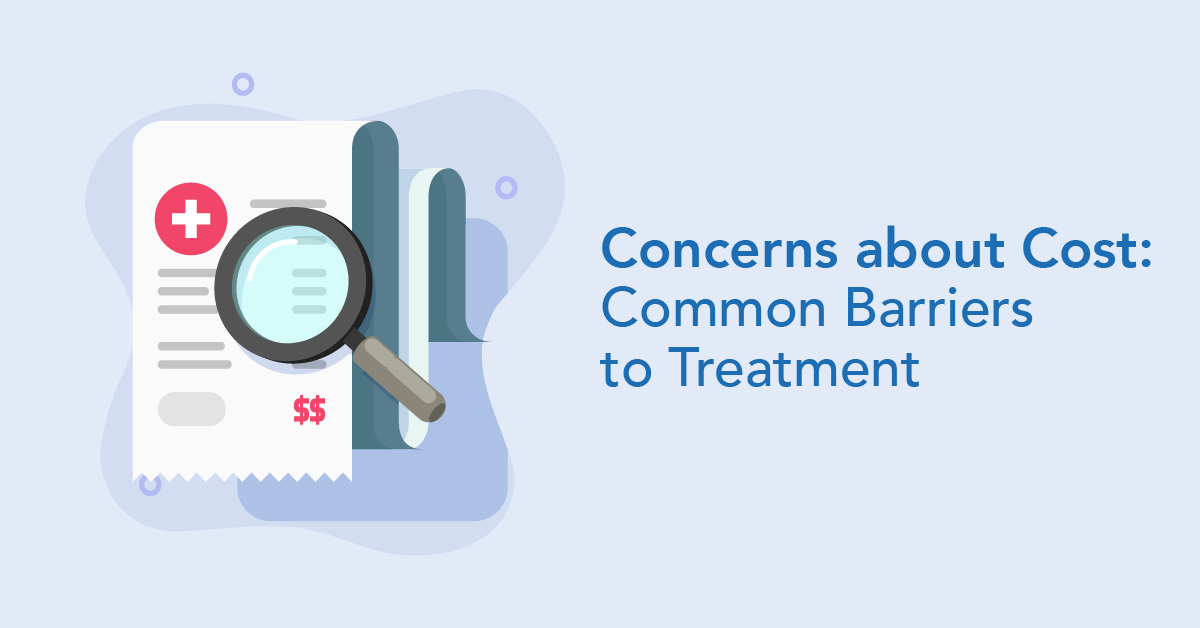
Concerns about Cost: Common Barriers to Treatment
For many people, the cost of care is one of the biggest barriers to accessing mental health treatment — especially for those without insurance or unsure what their... Read more.
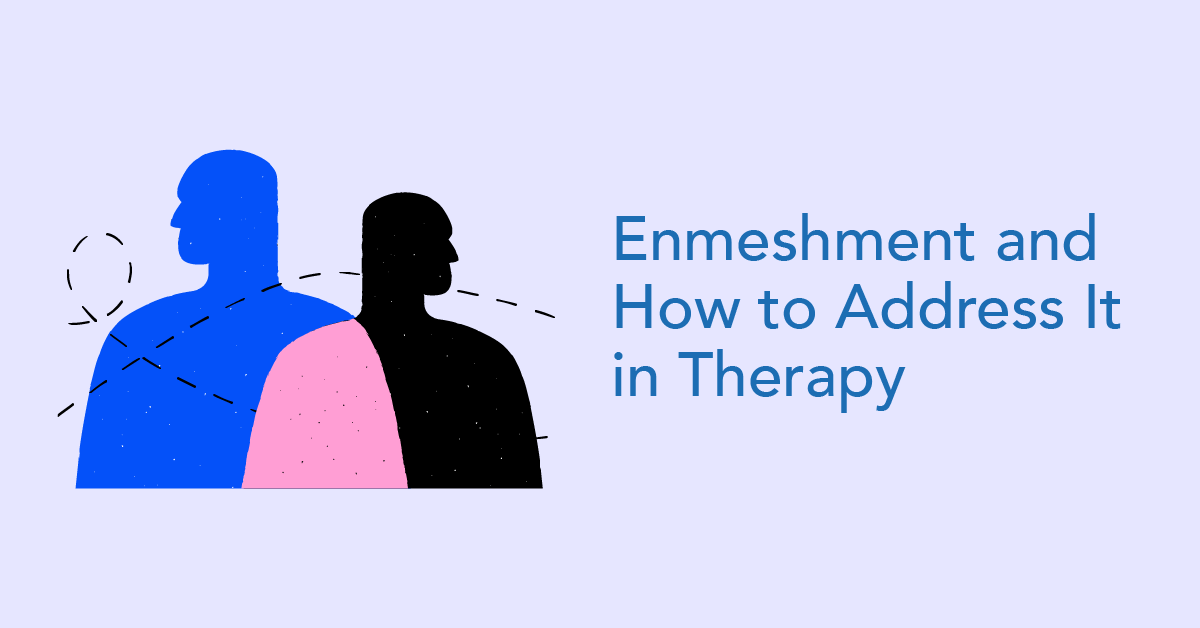
Enmeshment & How to Address It in Therapy
Enmeshment is a pattern of blurred boundaries in relationships, especially within families, where individual identity and emotional autonomy are compromised. People... Read more.
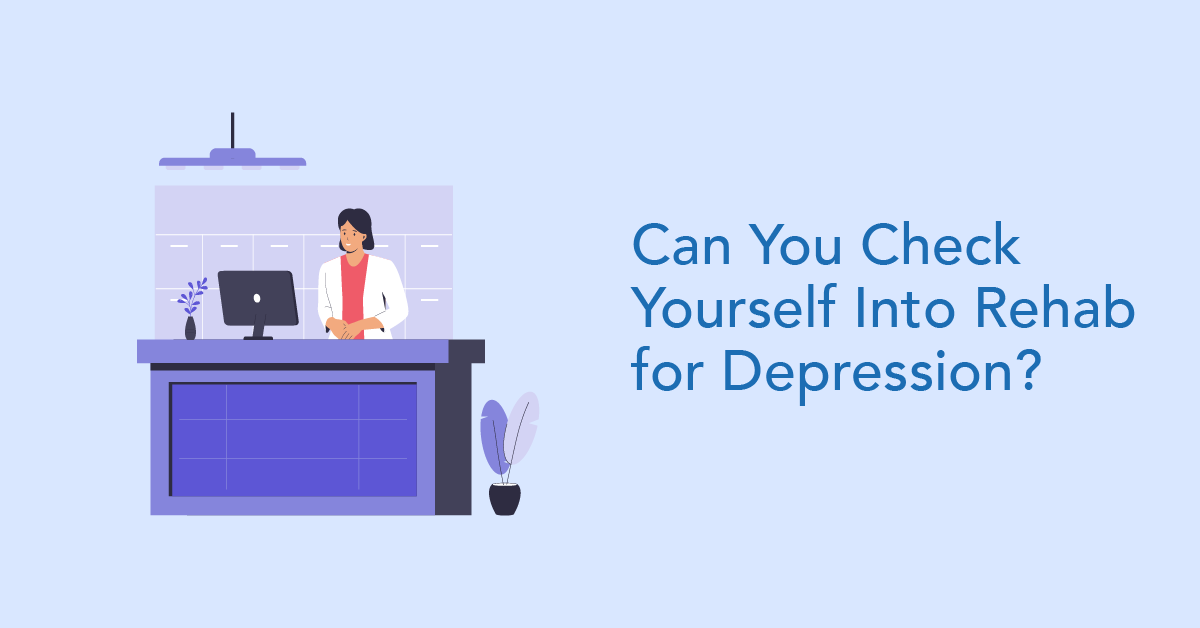
Can You Check Yourself Into Rehab for Depression?
Depression affects around 5% of the global population and can make even the smallest tasks feel overwhelming. If you’ve tried therapy or medication and still... Read more.
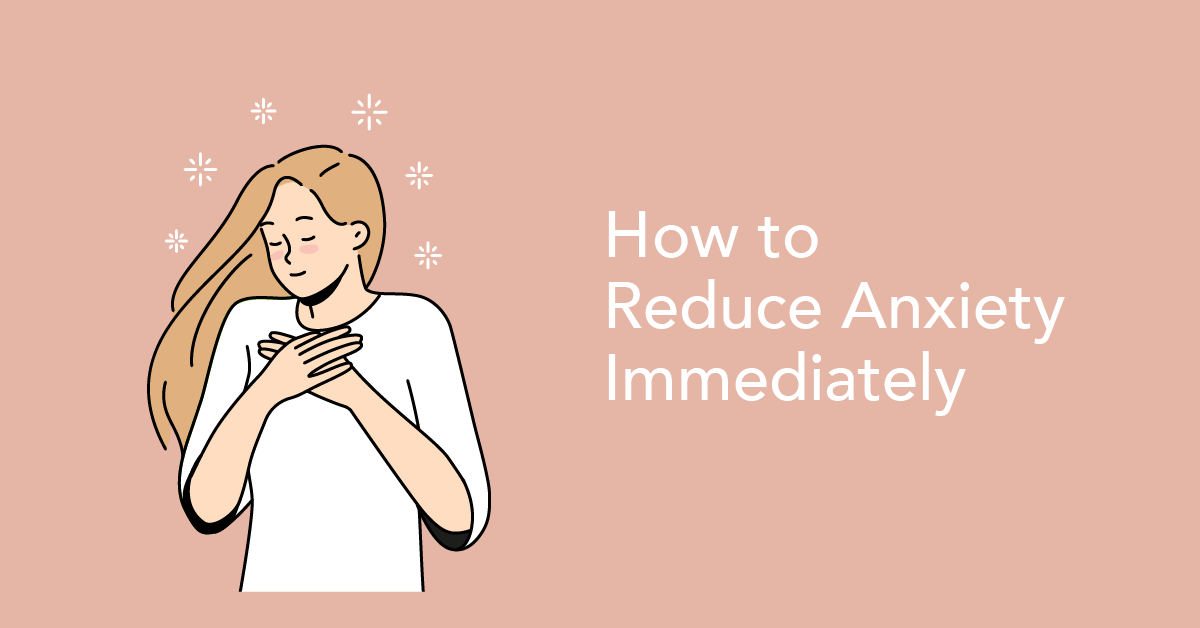
How to Reduce Anxiety Immediately
If you’re overwhelmed, panicking or can’t stop your thoughts from racing, there are ways to reduce anxiety immediately and calm both your body and mind.... Read more.
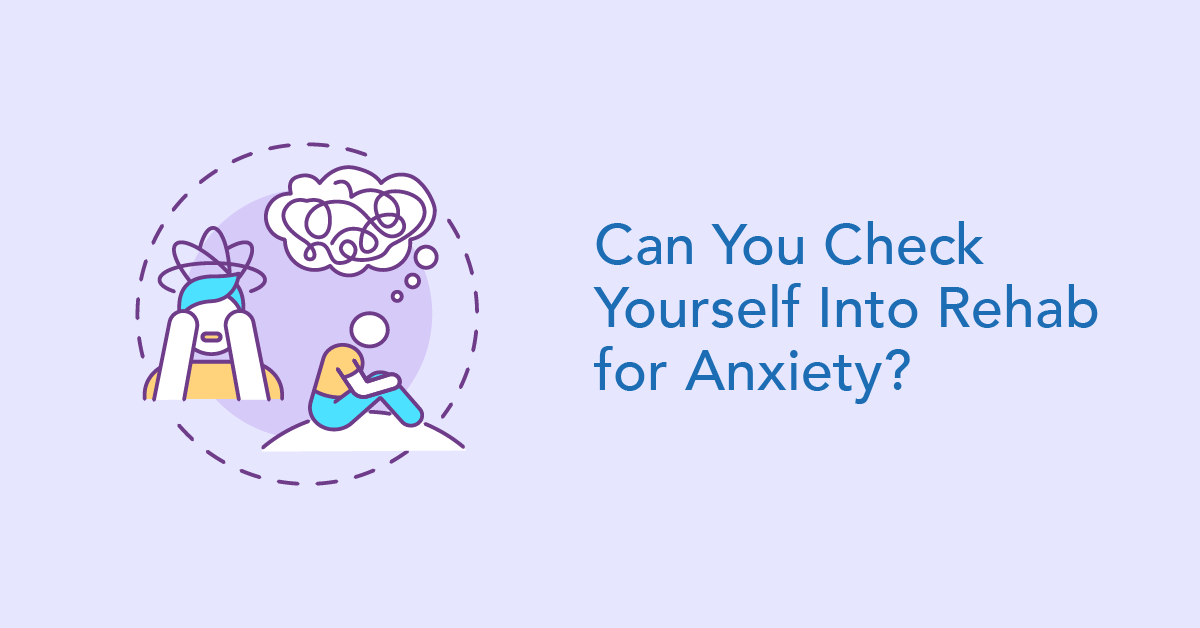
Can You Check Yourself Into Rehab for Anxiety?
Anxiety disorders will affect about one-third of adults and adolescents in the United States at some point in their lives. Fortunately, there are residential and... Read more.
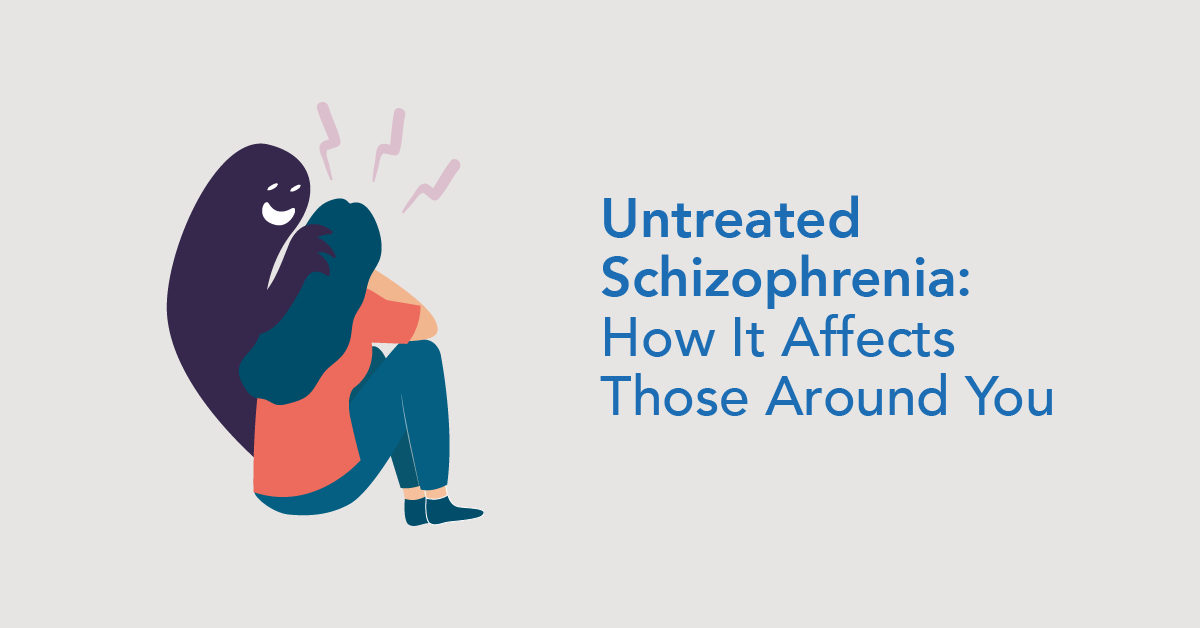
Untreated Schizophrenia – How it Affects Those Around You
Untreated schizophrenia affects the person living with it and their loved ones. Learn more about this condition and what to do if you’re ready for treatment.... Read more.
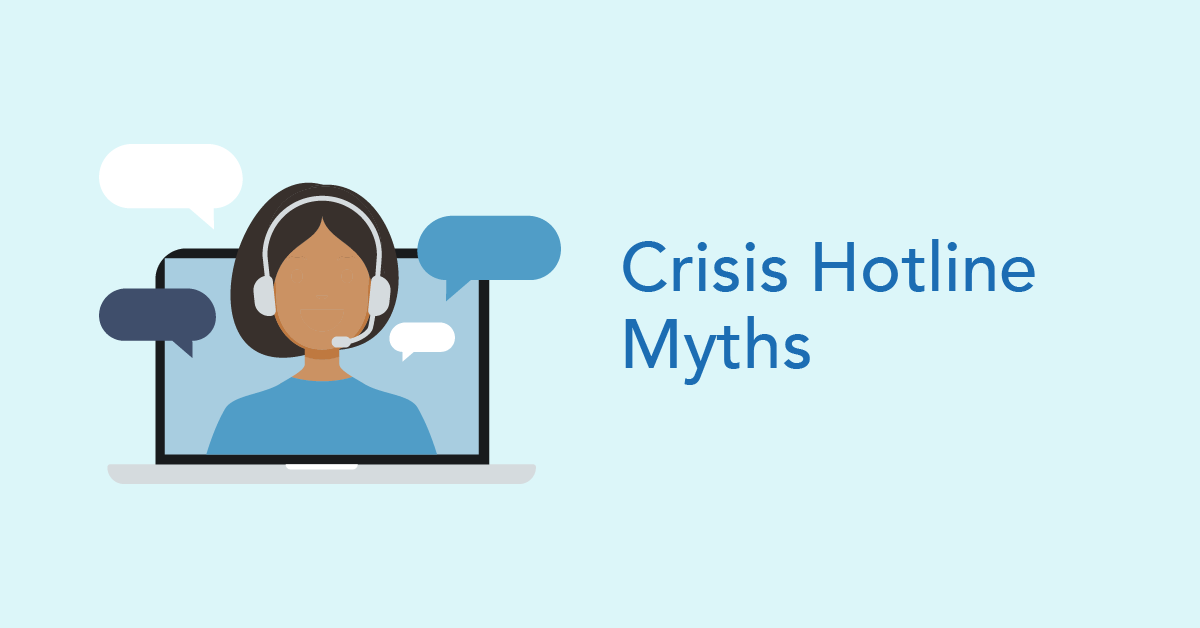
Myths about Crisis Hotlines
In the United States, the 988 Suicide & Crisis Lifeline is one of the most well-known resources, offering 24-7 support for people struggling with suicidal thoughts,... Read more.
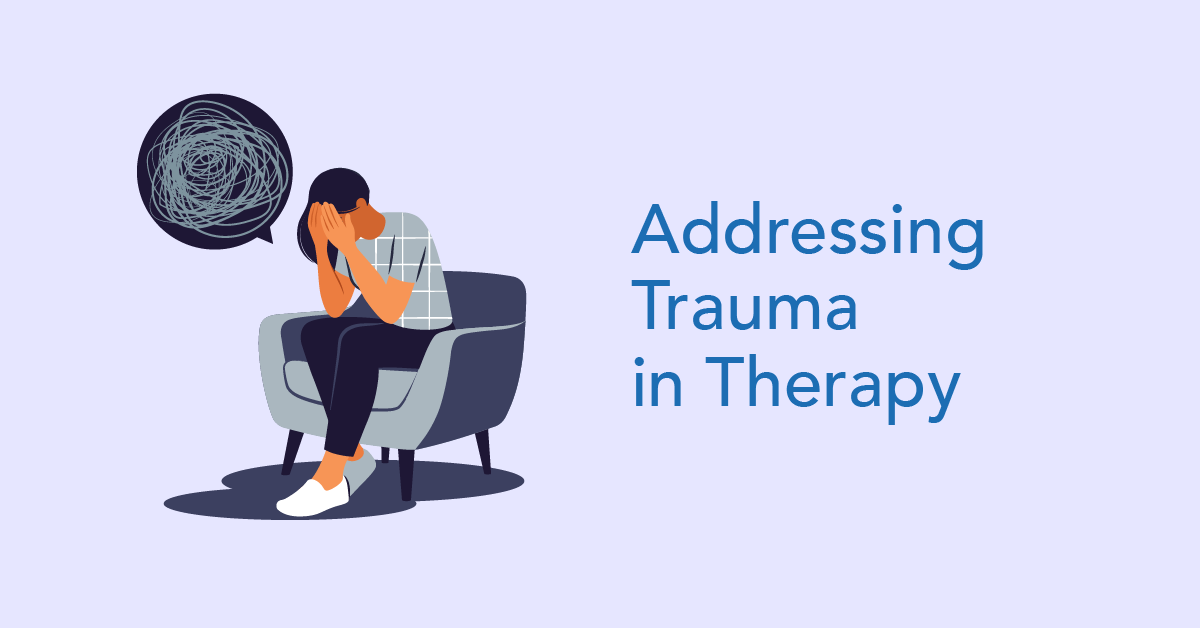
Addressing Trauma in Therapy
A single event doesn’t always cause trauma. It can stem from chronic stress, emotional neglect, physical harm or experiences that left you feeling powerless... Read more.
